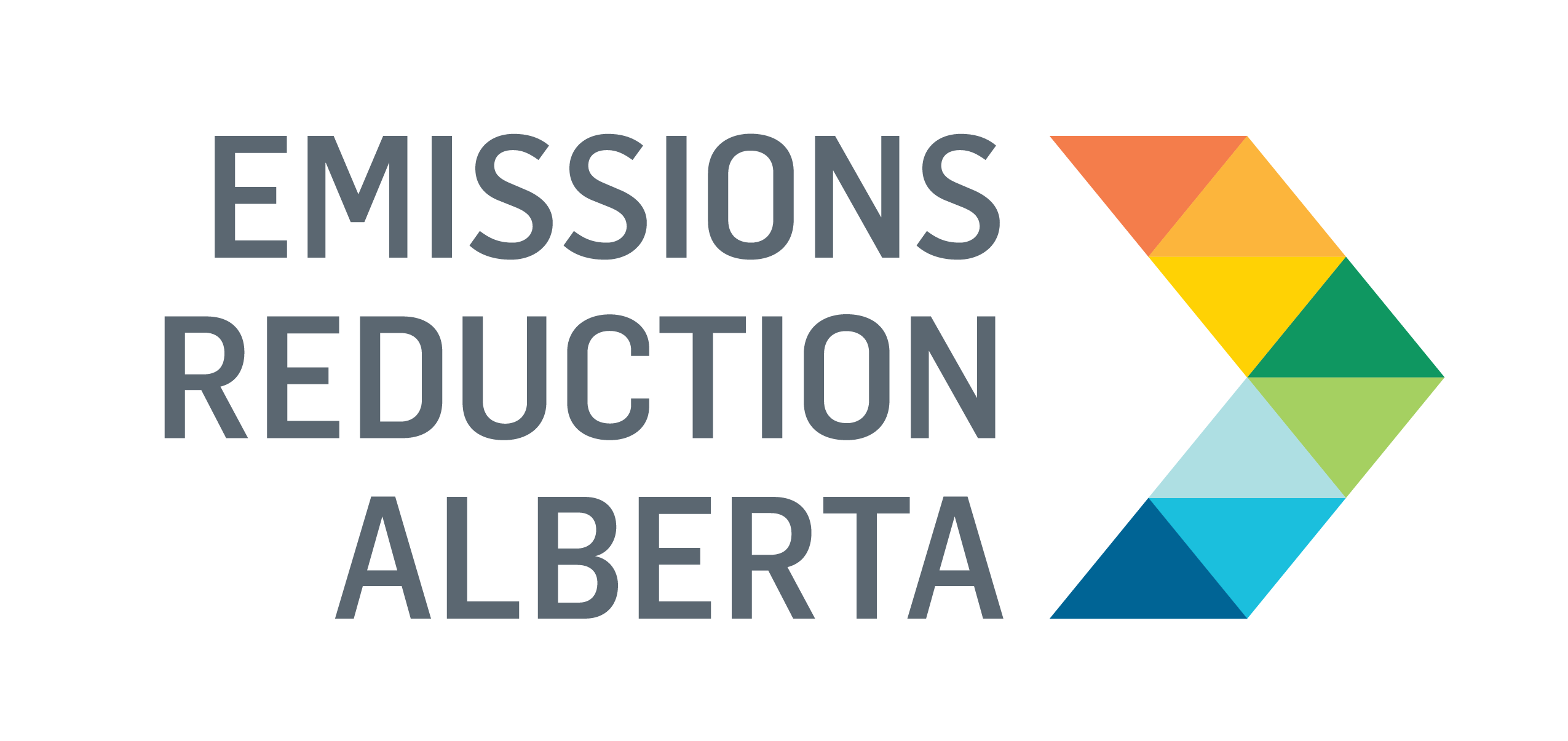You have a complex and comprehensive portfolio—what does ERA invest in and why?
We know good ideas can come from anywhere. So, we can and do fund a broad range of innovators, from large industries to small and medium-sized enterprises (SMEs), research organizations, and municipalities. The portfolio represents a range of technologies, and what unifies them is that they are all great ideas that can help Alberta be successful in a low carbon world. That means delivering both environmental and economic benefits. These innovators are Albertans, Canadians, and even some from outside the country, but all projects funded by ERA need to demonstrate a clear and verifiable GHG benefit for Alberta.
Any projects stand out based on their potential impact?
Our portfolio represents opportunities across multiple timescales. Some have immediate impacts in Alberta by creating jobs and reducing emissions before the project is even finished. Those projects are exciting because they are tangible and the results are quantifiable now. We are also looking at some truly transformative opportunities that can change the face of the industry in which they are being applied. One example is oil sands recovery technology that uses light hydrocarbons to mobilize the bitumen. This has the potential to reduce emissions from oil sands recovery by more than 50 per cent. Since the oil sands industry is the largest and fastest growing source of GHGs in Alberta, this has the otential to make a significant impact in the province. A third group of exciting technologies is those that don’t address an immediate industry need, but rather create new markets, new economic activity, and new jobs through sustainable technology. They can grow the economy without growing emissions.
This year, you hosted several workshops to better define funding challenges. How was this helpful?
It’s tremendously helpful to hear directly from those we fund and those who have applied for funding: idea creators, innovators, existing operators who have emissions they want to reduce without hurting productivity, and those creating new opportunities for the cleaner economy of the future. They help us shape future funding initiatives and align their outcomes with the outcomes we desire. We can only be successful if we design our funding challenges to align with both the market needs and the innovations that can take advantage of these opportunities.
Can you speak to the importance of expert peer review in supporting funding decisions?
It is critically important for us to invest in opportunities that have the conditions for success. It’s about complete solutions; we want to fund technologies within an investment, regulatory, and policy environment where ideas can thrive. It’s why we work so closely with partners like the Alberta Energy Regulator and policy makers with the Government of Alberta. Before the launch of any ERA Challenge, we convene industry, government, innovators, and a variety of stakeholders to make sure we are focused on the solutions that deliver the greatest outcomes. Independent experts and evaluators play a vital role in the selection of projects. They have backgrounds in business, financing, science, engineering, and GHG quantification. It’s important to have independent reviewers with subject matter knowledge to assess whether these are the right opportunities. We also assign advisors to help applicants during the process. This helps to ensure that the questions from the expert peer review team are fully addressed.
How will ERA maintain momentum in 2019?
Our job, in partnership with those we fund, is to push the status quo. When you do that, there are always new boundaries to explore. We build on the success and learnings from our investments and continue to advance what we once thought not possible. We always operate in what is known as the “adjacent possible”—the edge of our present and future state. We accelerate opportunities that have the capacity to thrive in the current environment. The most transformative technologies are built on the successes and failures of the past. It’s crucial that we continue to push boundaries and create the future we want for Alberta.

